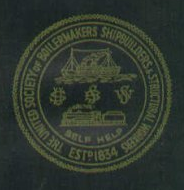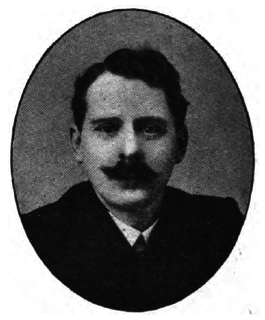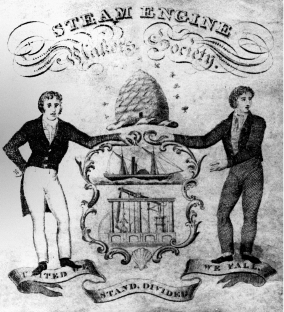Related Research Articles

The Ceramic and Allied Trades Union (CATU) was a trade union representing pottery workers in the United Kingdom.

The Amalgamated Engineering Union (AEU), originally known as the Amalgamated Society of Engineers, was an Australian trade union which existed between 1852 and 1973. It represented engineers, as well as some other metal trades workers.

The Modern Records Centre (MRC) is the specialist archive service of the University of Warwick in Coventry, England, located adjacent to the Central Campus Library. It was established in October 1973 and holds the world's largest archive collection on British industrial relations, as well as archives relating to many other aspects of British social, political and economic history.
New Model Trade Unions (NMTU) were a variety of Trade Unions prominent in the 1850s and 1860s in the UK. The term was coined by Sidney and Beatrice Webb in their History of Trade Unionism (1894), although later historians have questioned how far New Model Trade Unions represented a 'new wave' of unionism, as portrayed by the Webbs.

The Amalgamated Engineering Union (AEU) was a major British trade union. It merged with the Electrical, Electronic, Telecommunications and Plumbing Union to form the Amalgamated Engineering and Electrical Union in 1992.

The Amalgamated Society of Boilermakers, Shipwrights, Blacksmiths and Structural Workers (ASB) was a trade union in the United Kingdom. Many of its members worked in shipbuilding, in which industry it was the leading trade union, while over time it also developed strength in engineering and construction.

The Confederation of Shipbuilding and Engineering Unions (CSEU), often known as the Confed is a trade union confederation in the United Kingdom.

Isaac Haig Mitchell was a Scottish trade unionist.

James Thomas Brownlie was a British trade unionist and politician.
Albert Harry Smethurst was a British trade unionist. Born in Oldham, Smethurst completed an apprenticeship as an engineer and became active in the Amalgamated Society of Engineers (ASE), soon becoming its Oldham district secretary. He was also elected as secretary of the Oldham Trades Council. In 1913, Smethurst was elected as assistant general secretary of the ASE. In 1920, the ASE merged with several other unions to become the Amalgamated Engineering Union (AEU), and he became its general secretary in 1921, serving until his retirement in 1933.
Robert Austin was a British trade unionist.
John Carruthers Little was a British trade unionist.
John Anderson was a British trade union leader.
The Australasian Society of Engineers (ASE) was an Australian trade union active from 1890 to 1991. It was eventually incorporated into the Australian Workers' Union (AWU).

The Steam Engine Makers' Society (SEM) was an early trade union representing engineers in the United Kingdom.
The United Machine Workers' Association was a trade union representing engineers in the United Kingdom.
The Shop Stewards Movement was a movement which brought together shop stewards from across the United Kingdom during the First World War. It originated with the Clyde Workers Committee, the first shop stewards committee in Britain, which organised against the imprisonment of three of their members in 1915. Most of them were members of the Amalgamated Society of Engineers (ASE). In November 1916 the Sheffield Workers Committee was formed when members of the ASE there went on strike against the conscription of a local engineer. The government brought the strike to an end by exempting craft union members such as ASE engineers from military service. However when this policy was reversed in May 1917, this met by a strike involving 200,000 workers in 48 towns. The Shop Stewards Movement arose from organising this strike.
James Gorman was a British politician and trade unionist.
The Amalgamated Instrument Makers' Society was a trade union representing workers involved in manufacturing scientific instruments in the United Kingdom.
The United Operative Spindle and Flyer Makers' Trade and Friendly Society was a trade union representing workers involved in making textile machinery in the United Kingdom.
References
- 1 2 Marsh, Arthur; Ryan, Victoria (1984). Historical Directory of Trade Unions. 2. Aldershot: Gower Publishing. p. 11. ISBN 0566021617.